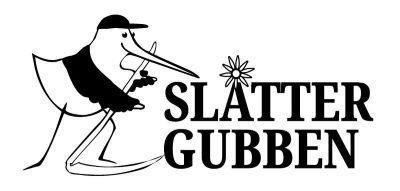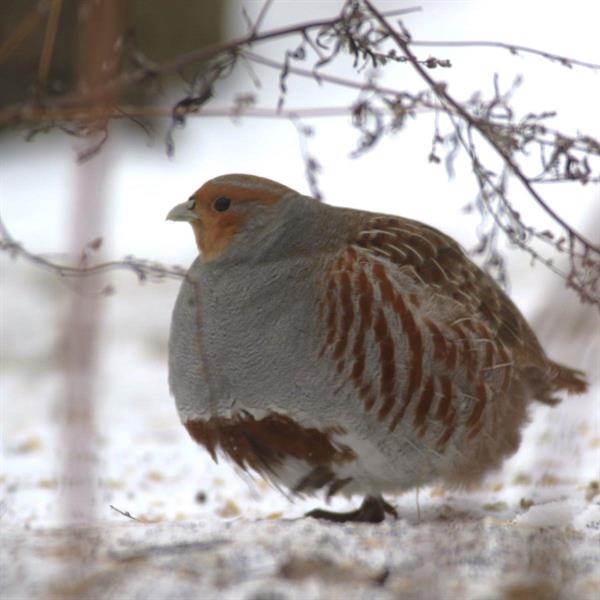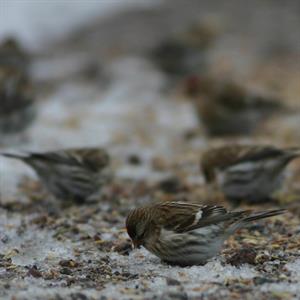2,5 kg - Små åkerfrön
Nutrient rich bird food for partridge!
- In stock
Description
Wow! - Finally – Small Field Seeds!
What are they made of?
They are a byproduct from organic harvests of oats and hemp. This product is so rare because most farmers remove all the small field seeds before drying the harvest. Now, we have farmers who have carefully removed the dust and managed to sort out the small, dry, fine seeds. This means that seeds from plants like the common chickweed, which birds don't eat, are barely present here. Instead, the mix is dominated by quinoa’s wild relative, fat hen, which are small shiny seeds rich in both fat and protein. There are also pennycress, Shepherd’s purse, Matricaria inodora, knotgrass some shelled hemp seeds, small oat grains, and other interesting tiny seeds.
Why are they so good?
We love utilizing byproducts and using them as bird food – these are the wild seeds that resident birds have lived off for ages. Out in the fields, in leftover winter stalks, and around farms where threshing mills left spills that birds always found. They are perfect for those of us who prioritize feeding with locally grown, natural organic seeds, which are also byproducts. Morally speaking, one might question if it's better to buy expensive fatty seeds that humans could eat directly, like sunflower, hemp, and peanuts. These fatty seeds are, in fact, a very recent phenomenon for birds, only a few decades old. Feeding with field seeds is more like offering children sourdough bread, potatoes, and roast beef – instead of soda, candy, and cakes.
Which birds eat the small field seeds?
Loved by tree sparrows, house sparrows, siskins, twite, bullfinches, bramblings, greenfinches, and tits. Almost all birds can find fully nutritious food in these field seeds.
These seeds are also very interesting for those of you who live in agricultural areas and can feed on the ground along a plowed road away from the houses. Here, we have the seeds that rare species like the horned lark, snow bunting, Lapland bunting, and little bunting probably prefer.
Or, if you're a birdwatcher, you can support feeding in places like harbors, landfills, industrial areas, and other spots with lots of winter stalks that attract exciting winter visitors.
- BUT, as usual with field seeds, they will likely be passed over by most birds if you are also spoiling them with fatty peanuts, hemp, and sunflower seeds (or if your neighbor has them).
How do I feed with small field seeds?
The best way is to scatter them directly on the ground or on a tray. Spreading the seeds over a larger area is best for hygiene and will also attract more birds. They are perfect for mixing with field seeds from Lunden, which is more grainy and loved by yellowhammers, jackdaws, and pigeons. We particularly want to support yellowhammers, as they struggle to survive in large-scale agricultural landscapes.
Of course, you can try them in bird feeders too, but the seeds are small and smooth, so there’s a high risk of them falling through.
Generously sprinkle them on the ground, preferably after snowfall on compacted snow, a cleared area near your feeding station, on a cleared road, or on your "manure pile." This will create an irresistible signal to passing birds with seeds on the ground: It tells them that this is a thriving farm!
The small field seeds are organically grown in Latvia and cause a transport emission equivalent to 0.135 kWh/kg (0.037 kg CO2 eq./kg) from the farm to our warehouse.
Read more about these calculations here.
Certified as: EU Organic





